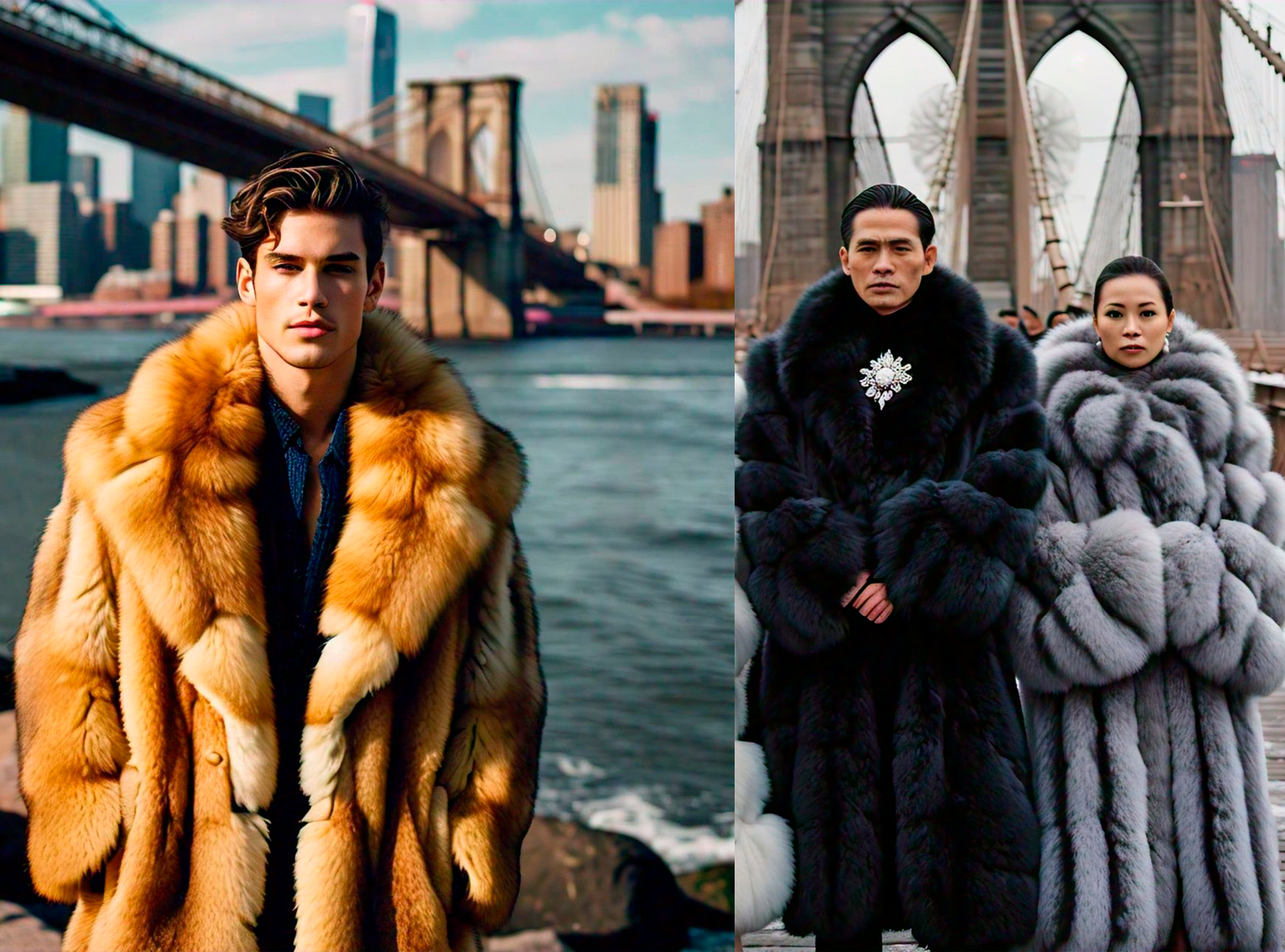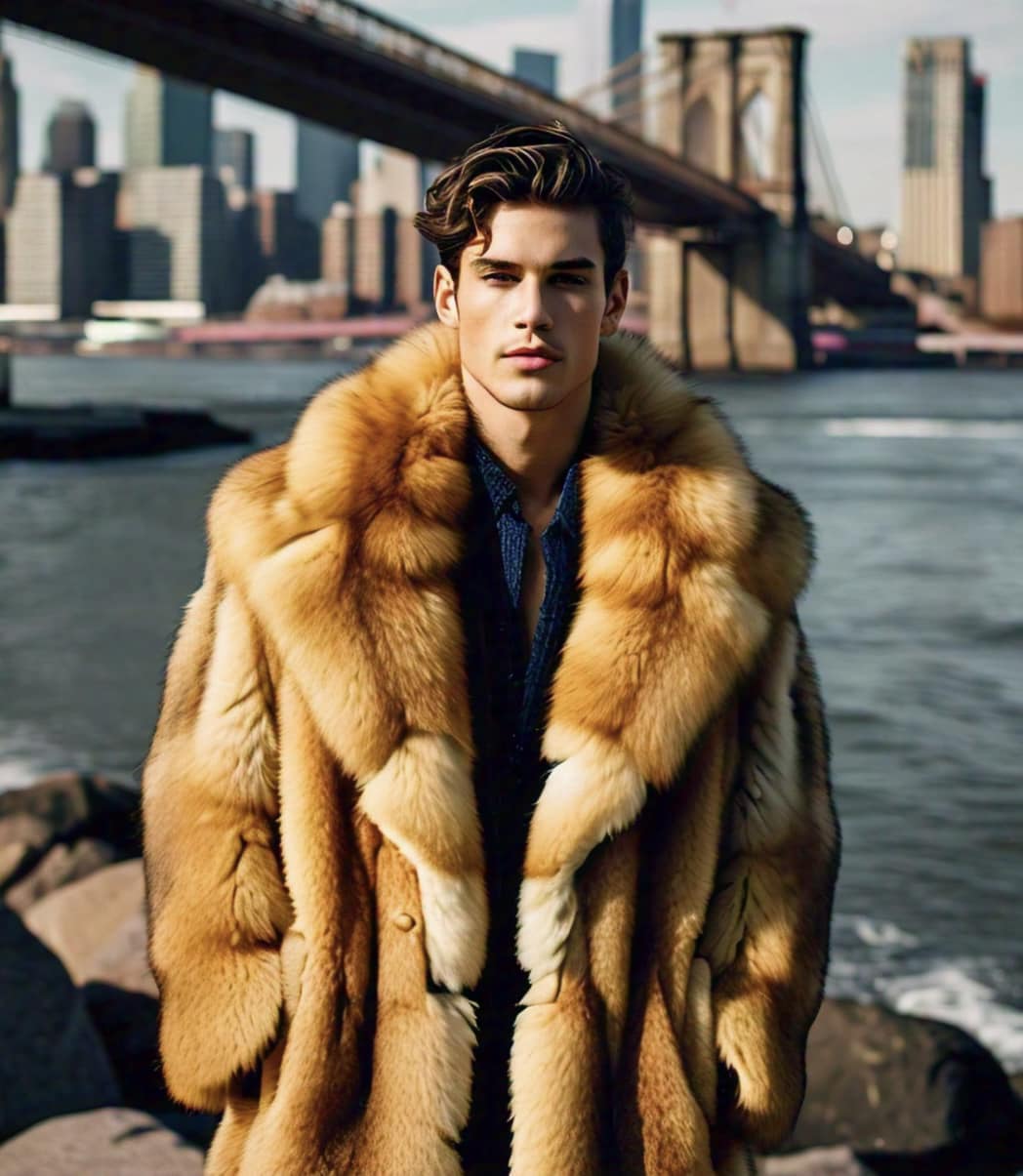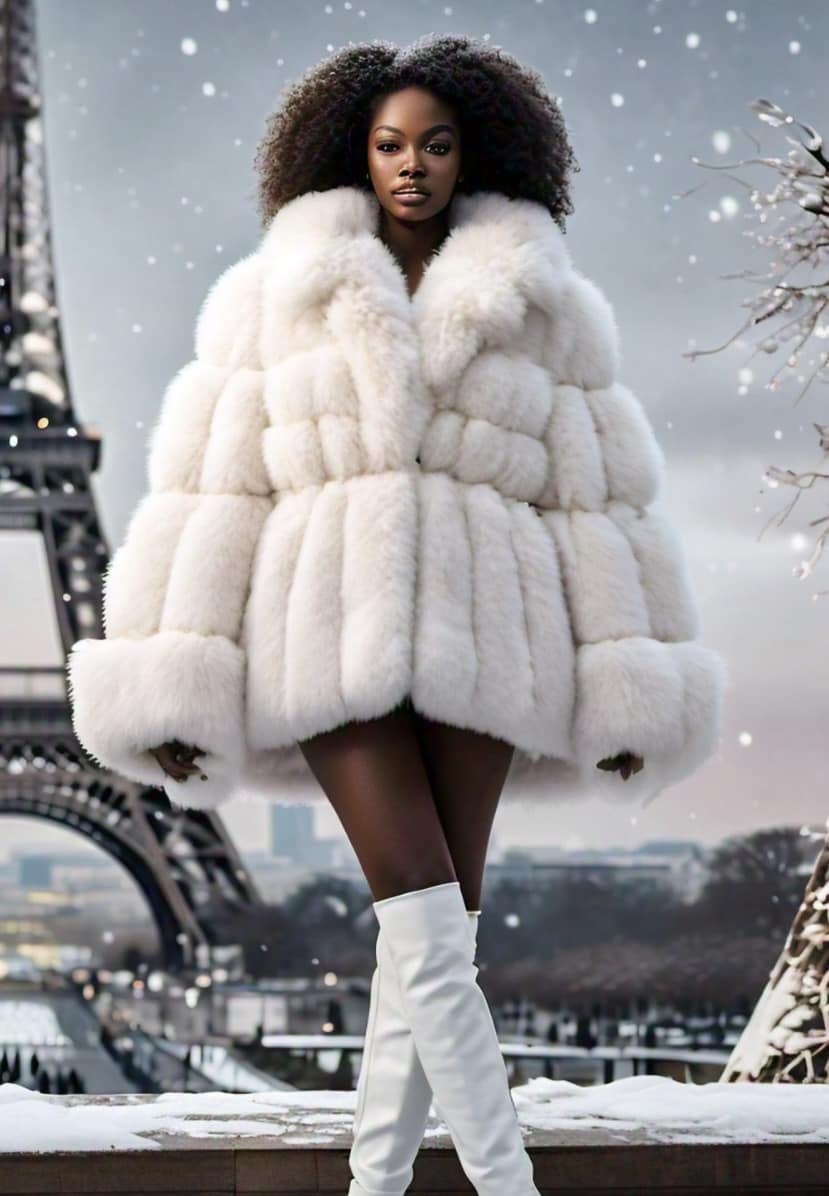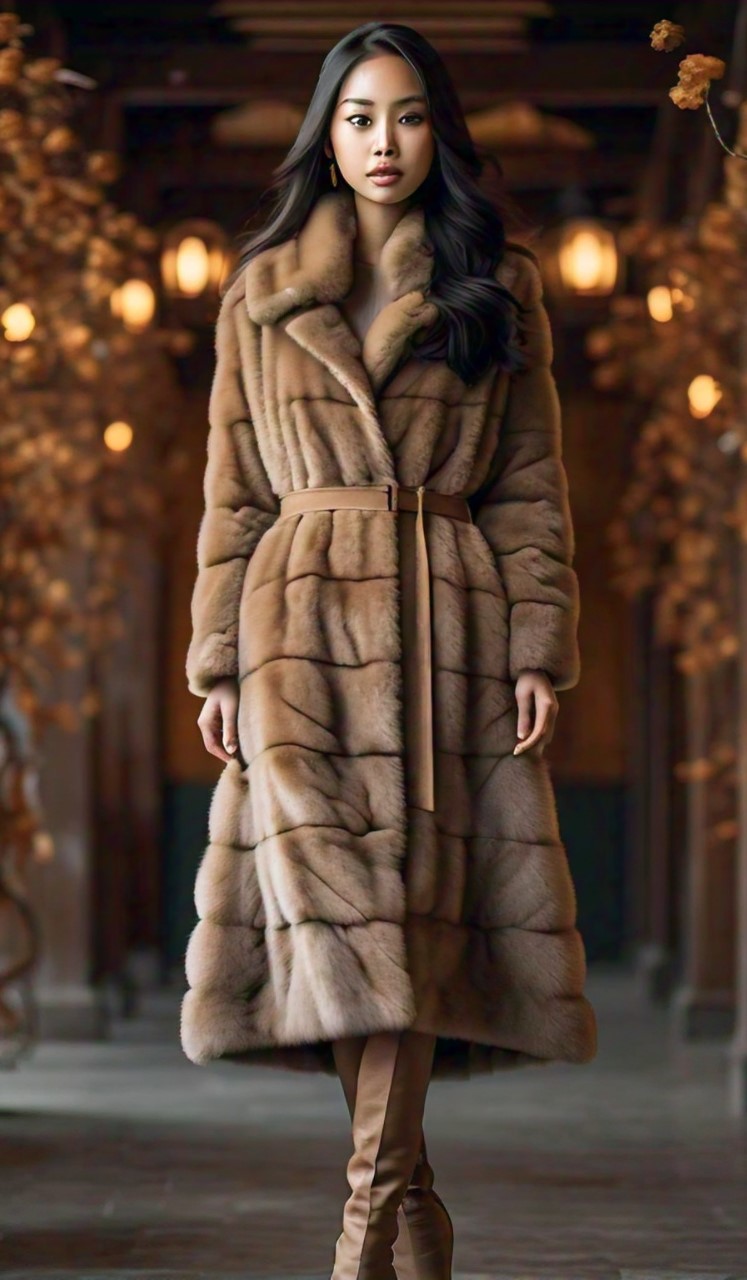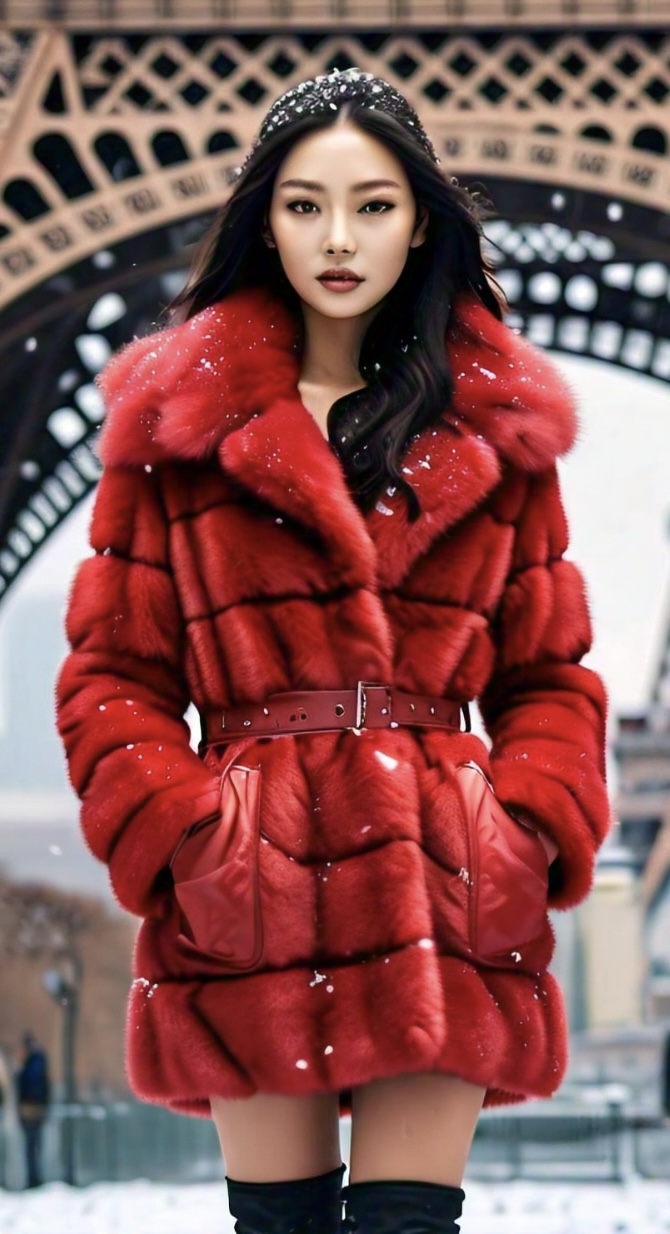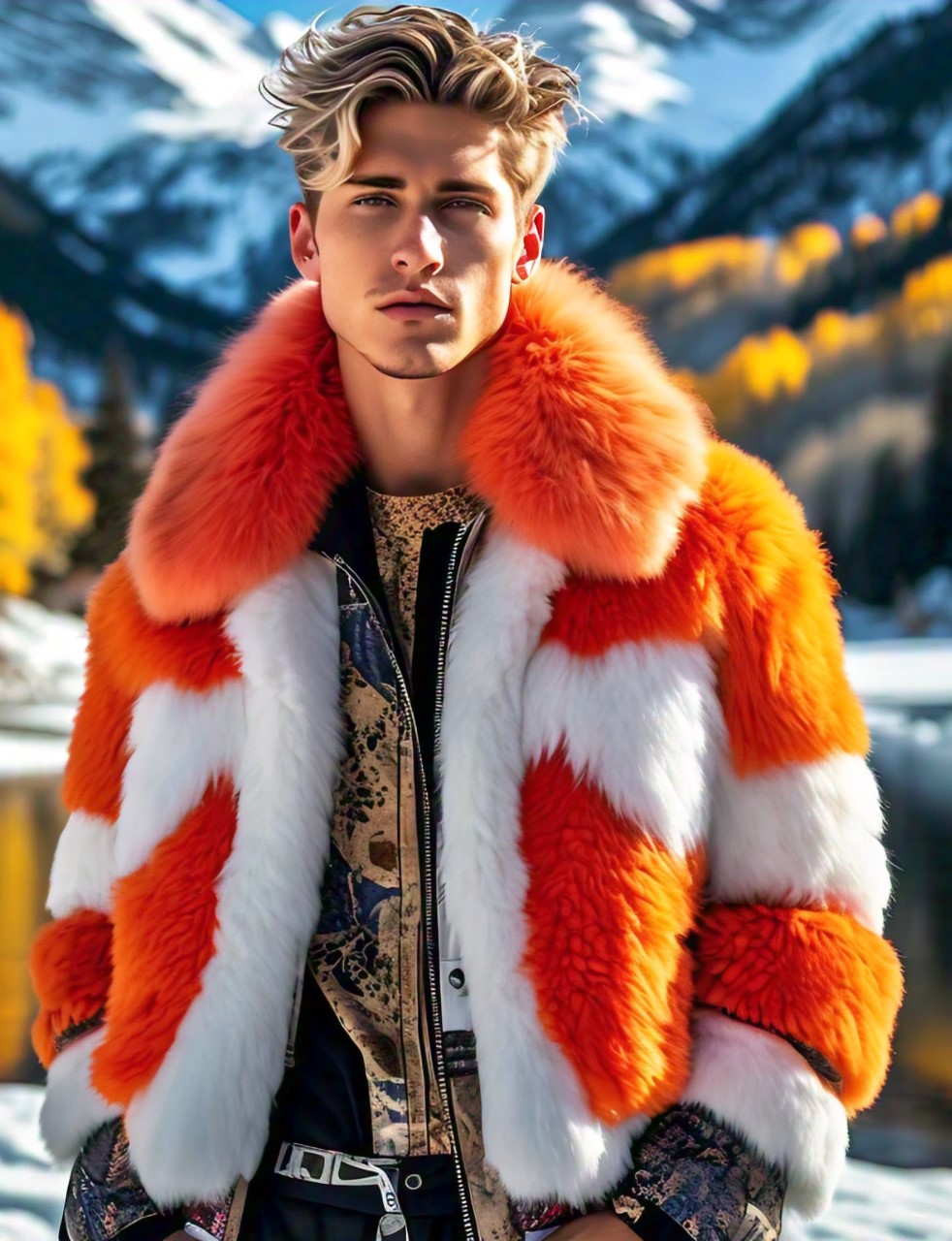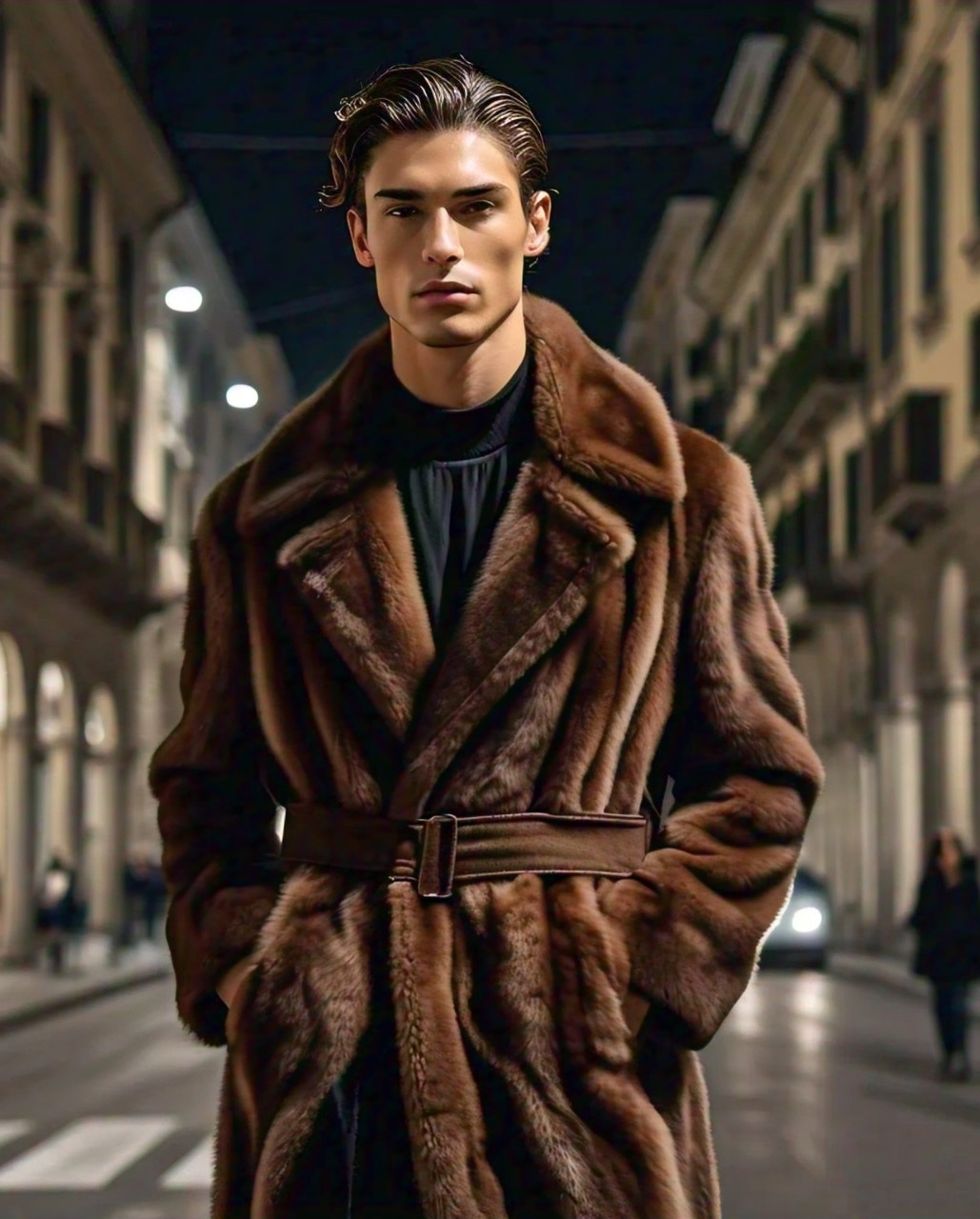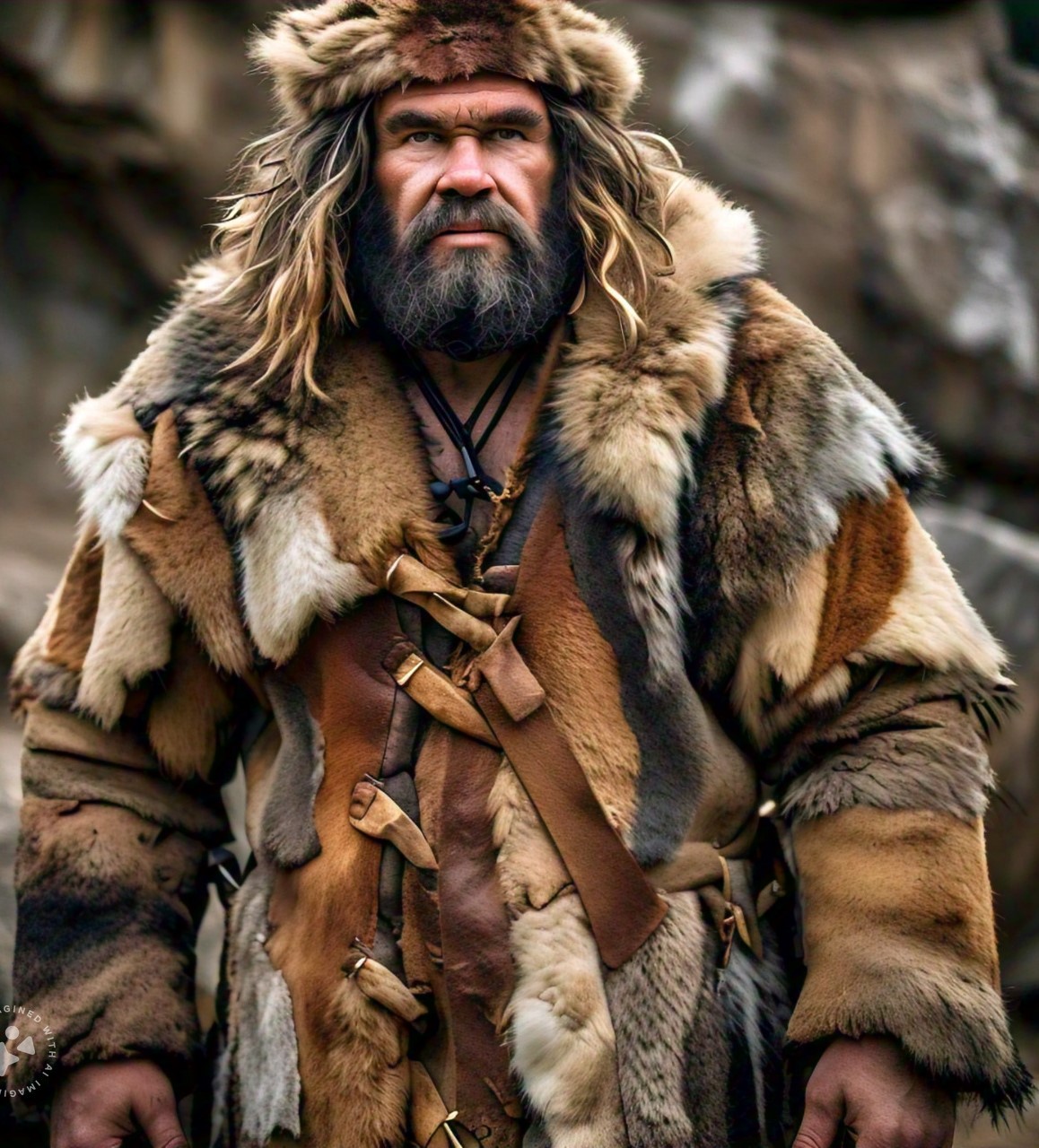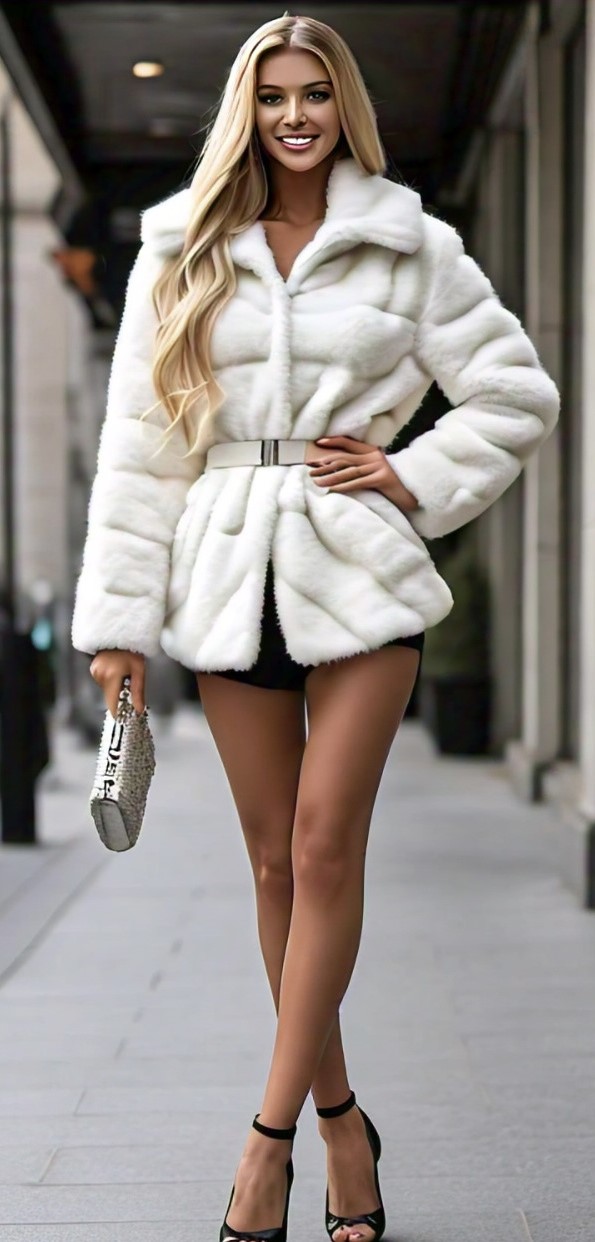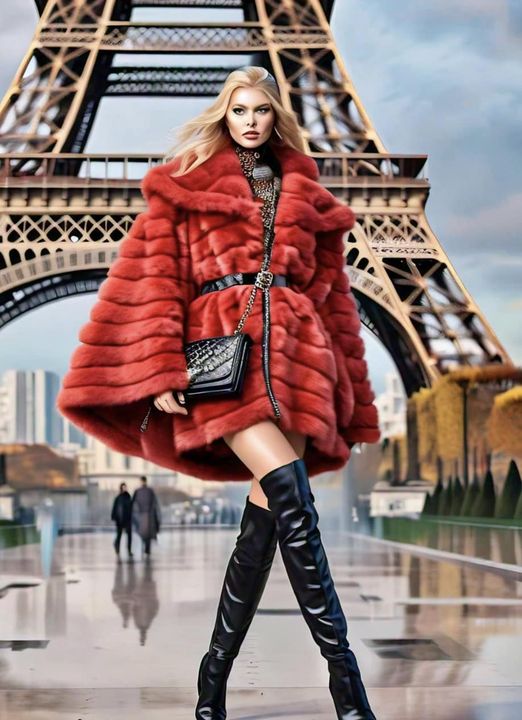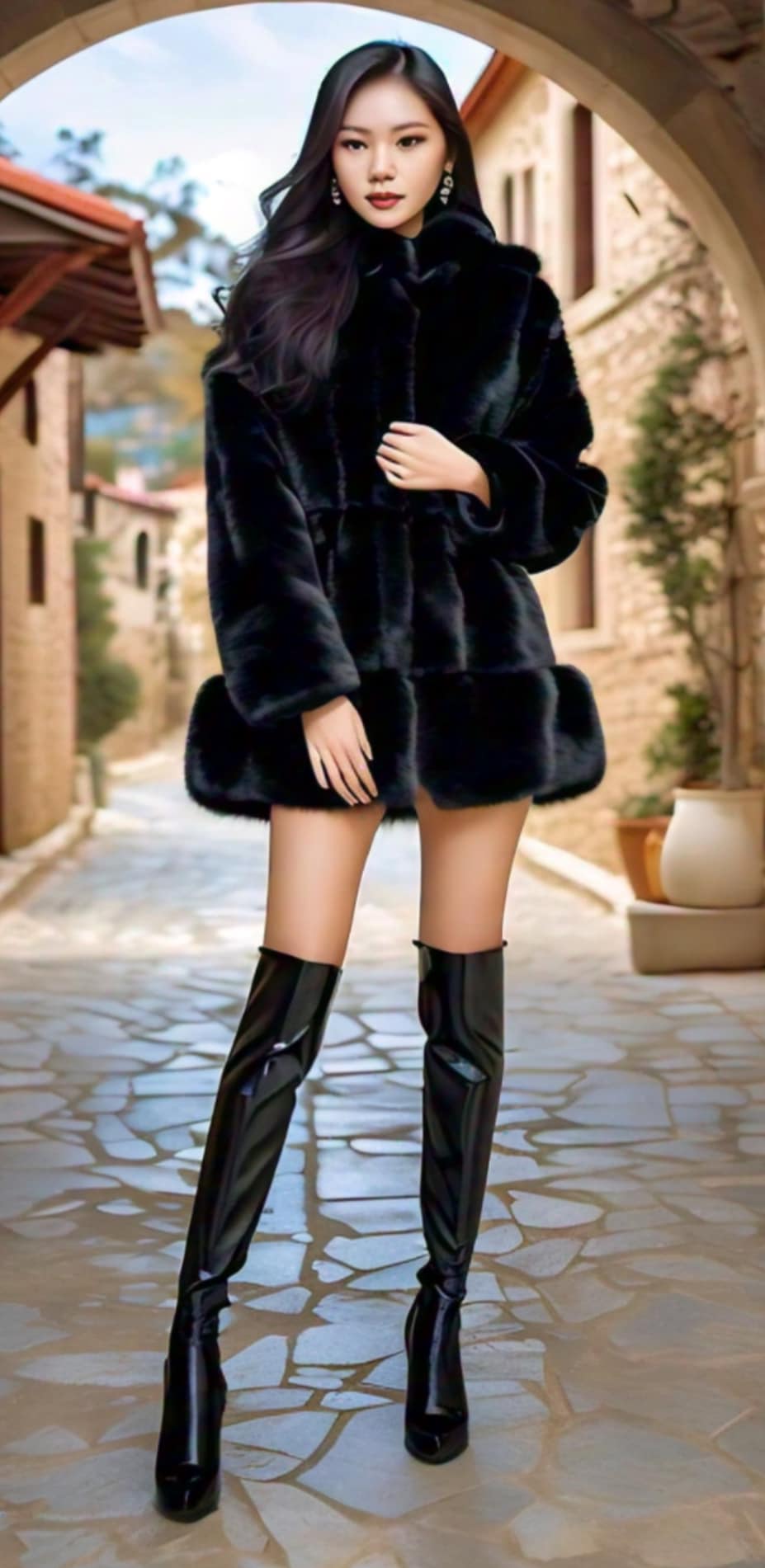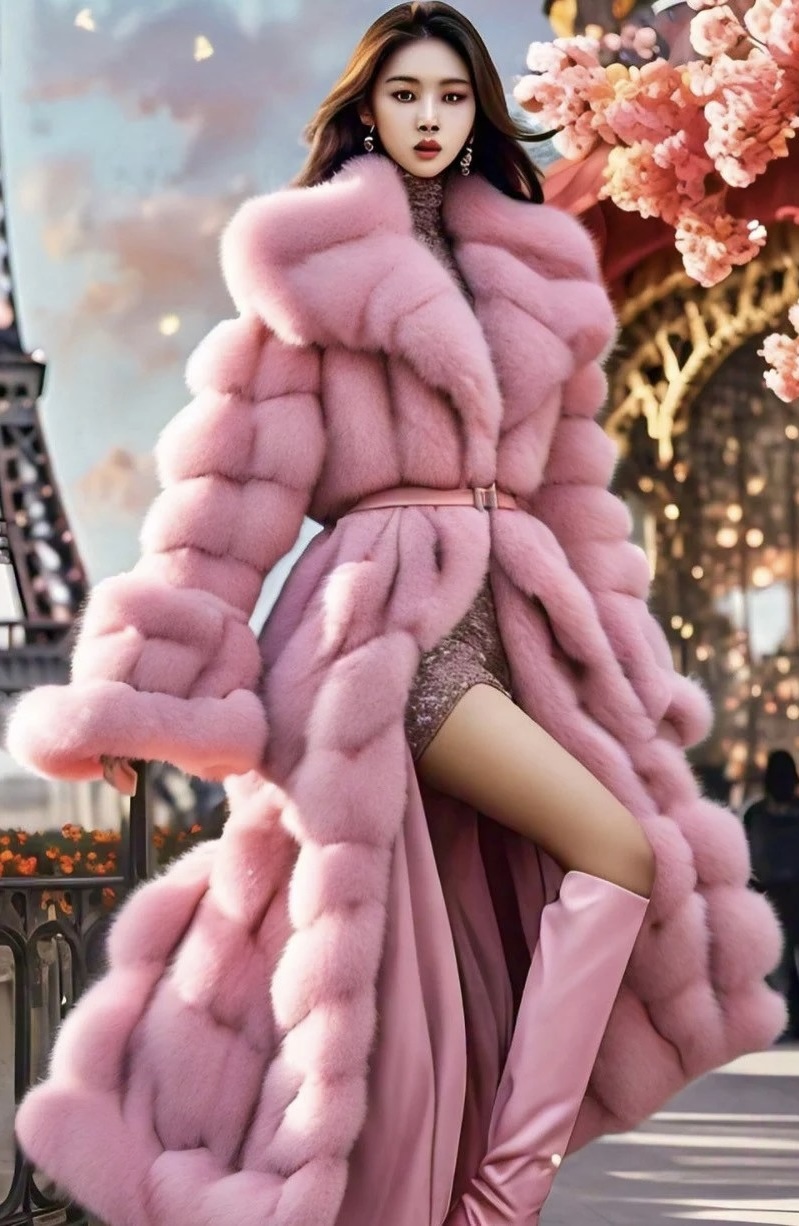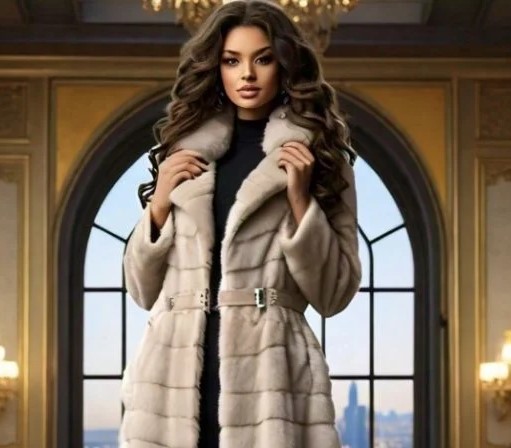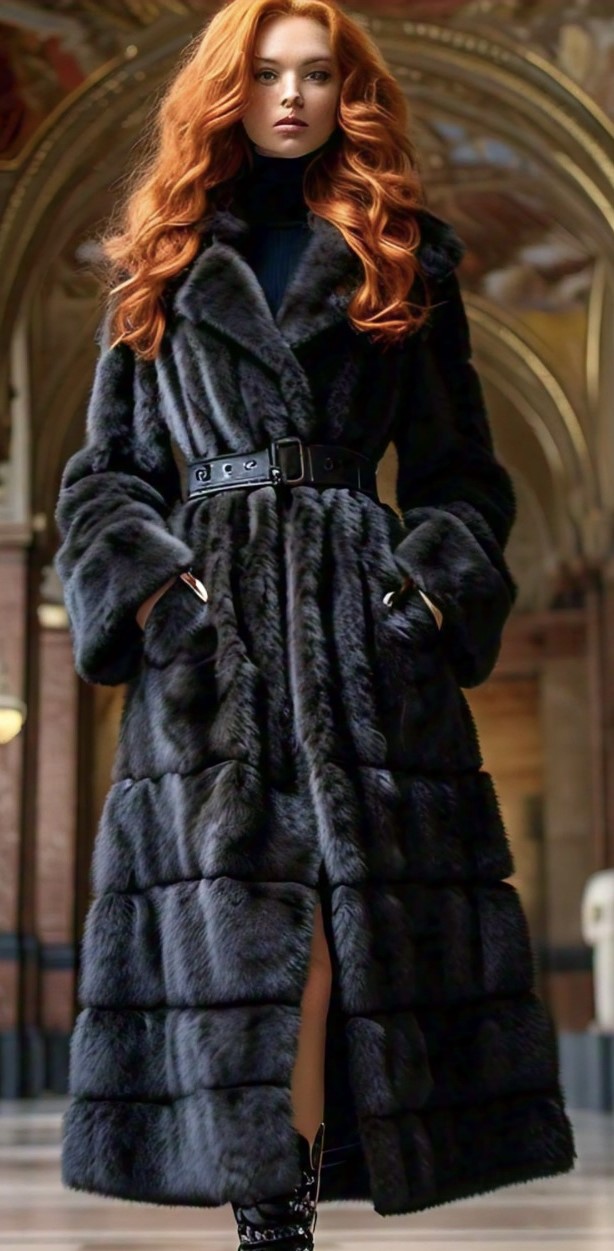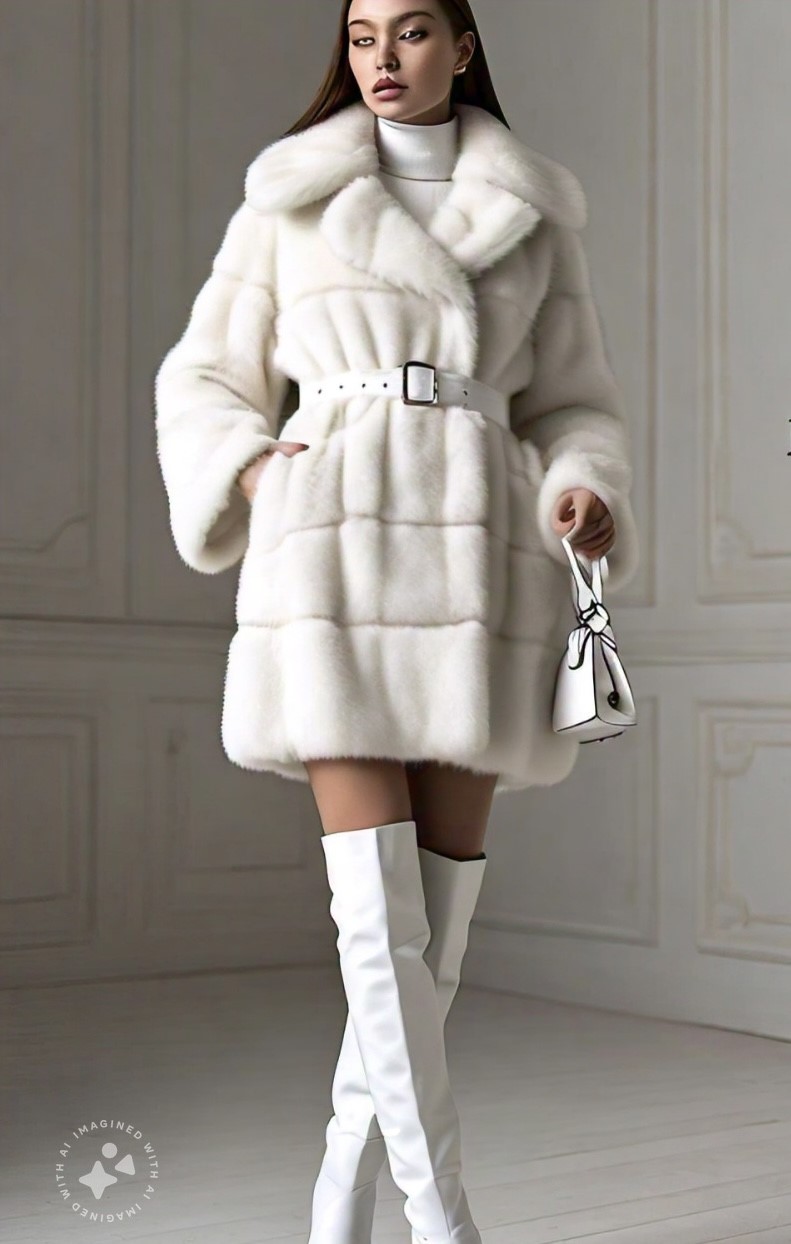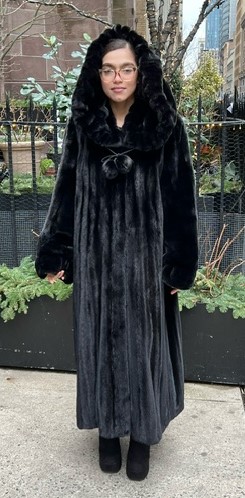Unveiling the Chic Fur Lifestyle: Top Places to Wear a Fur Coat
Lifestyle With A Fur And Its Places To Wear
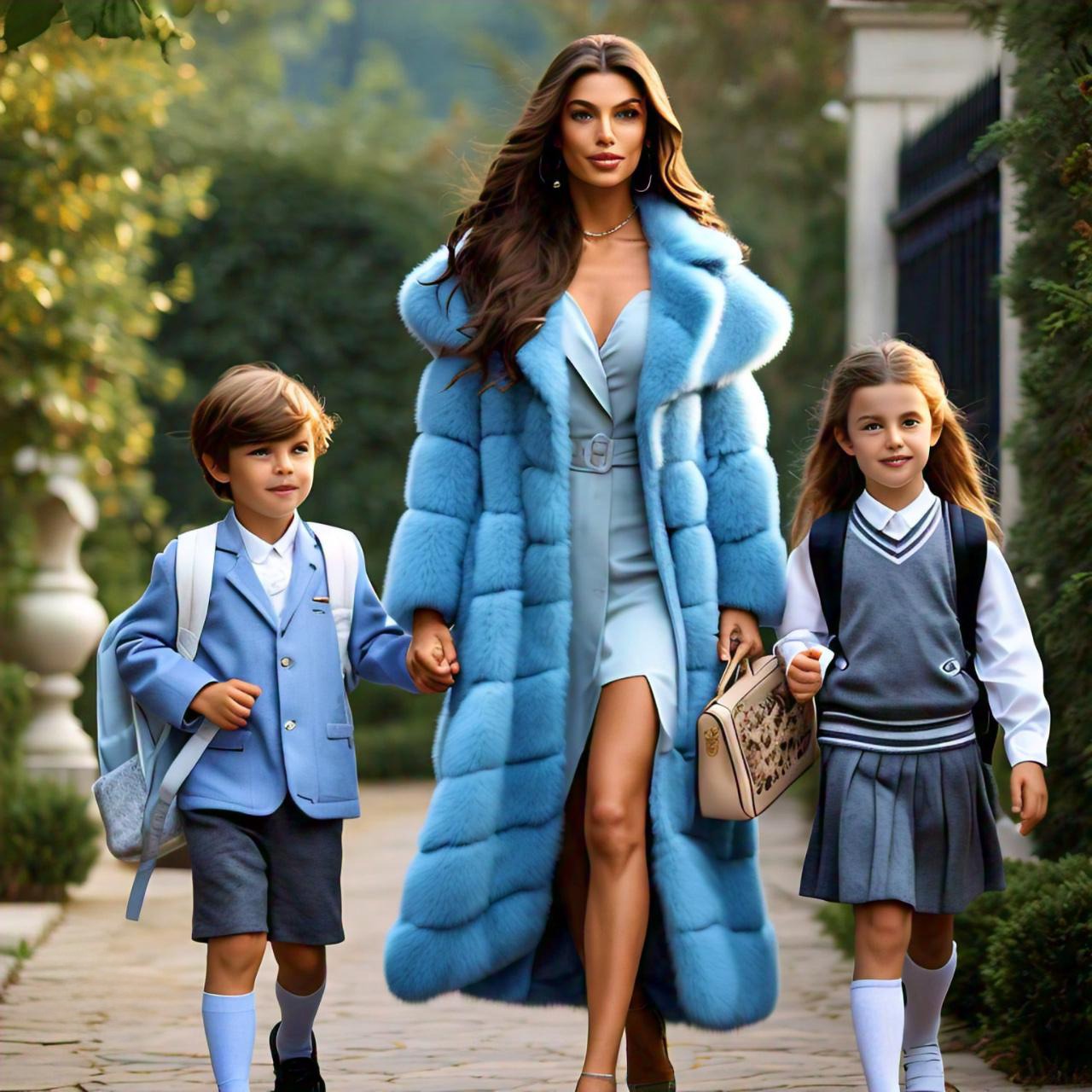

Formal Events
Wear a fur coat is the epitome of luxury and sophistication, making it perfect for high-end formal events. Imagine walking into an opera performance or a black-tie gala, wrapped in a sumptuous fur coat that exudes elegance and refinement. The soft glow of chandeliers will dance across the fur’s plush pile, drawing admiring glances from fellow attendees. Whether you’re attending a charity event, a luxury wedding, or a red-carpet affair, a fur coat will make you feel like royalty.
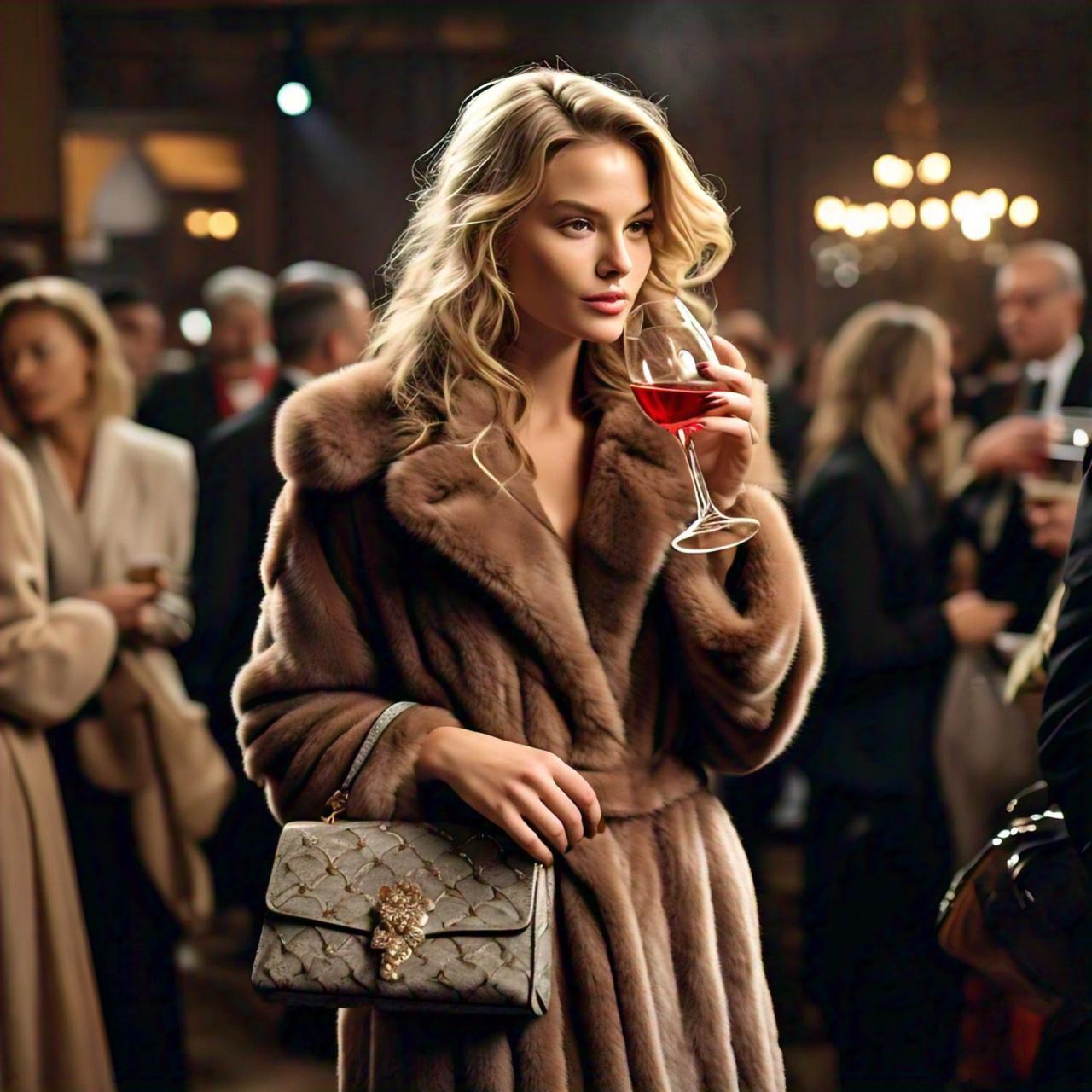
Upscale Establishments
When visiting upscale establishments, a fur coat can be a stunning addition to your outfit. Picture yourself strolling into a fine dining restaurant, the fur coat’s luxurious texture and subtle sheen commanding attention. High-end boutiques and designer flagships also provide an ideal backdrop for showcasing your fur coat. The opulent atmosphere and discerning clientele will appreciate the sophistication and glamour that only a fur coat can provide. Even luxury hotels and resorts can be elevated by the presence of a fur coat, making you feel like a VIP guest.
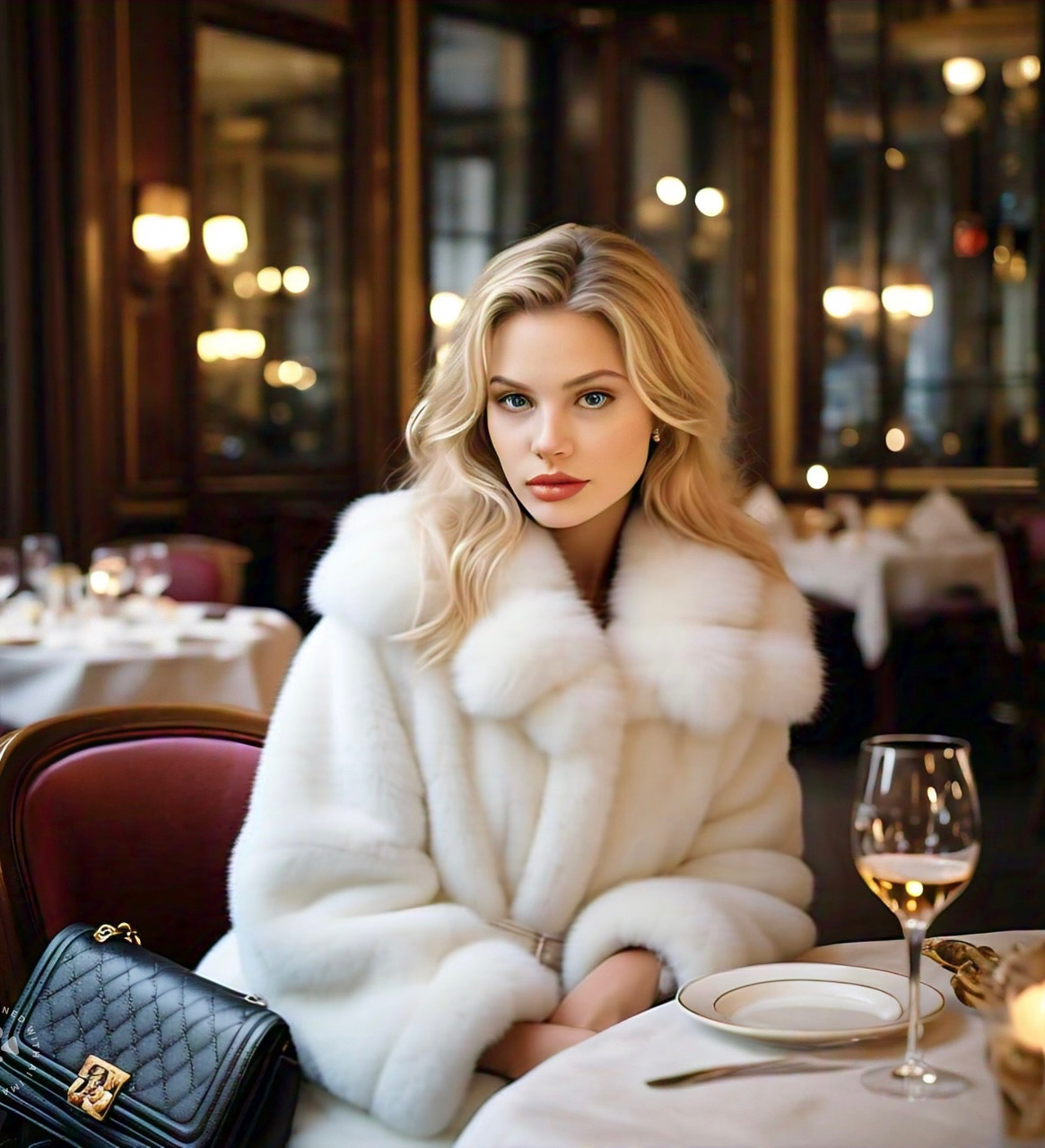


Winter Sports
Why not combine style and function by wearing your fur coat to winter sports events? The cold mountain air will be no match for the warmth and comfort of your fur coat. Imagine skiing down a snowy slope, the fur coat’s plush pile protecting you from the elements while making a chic statement. Ice skating rinks, snow-covered festivals, and cozy mountain cabins also provide perfect opportunities to wear your fur coat. The juxtaposition of luxury and winter wonderland scenery will create unforgettable memories.
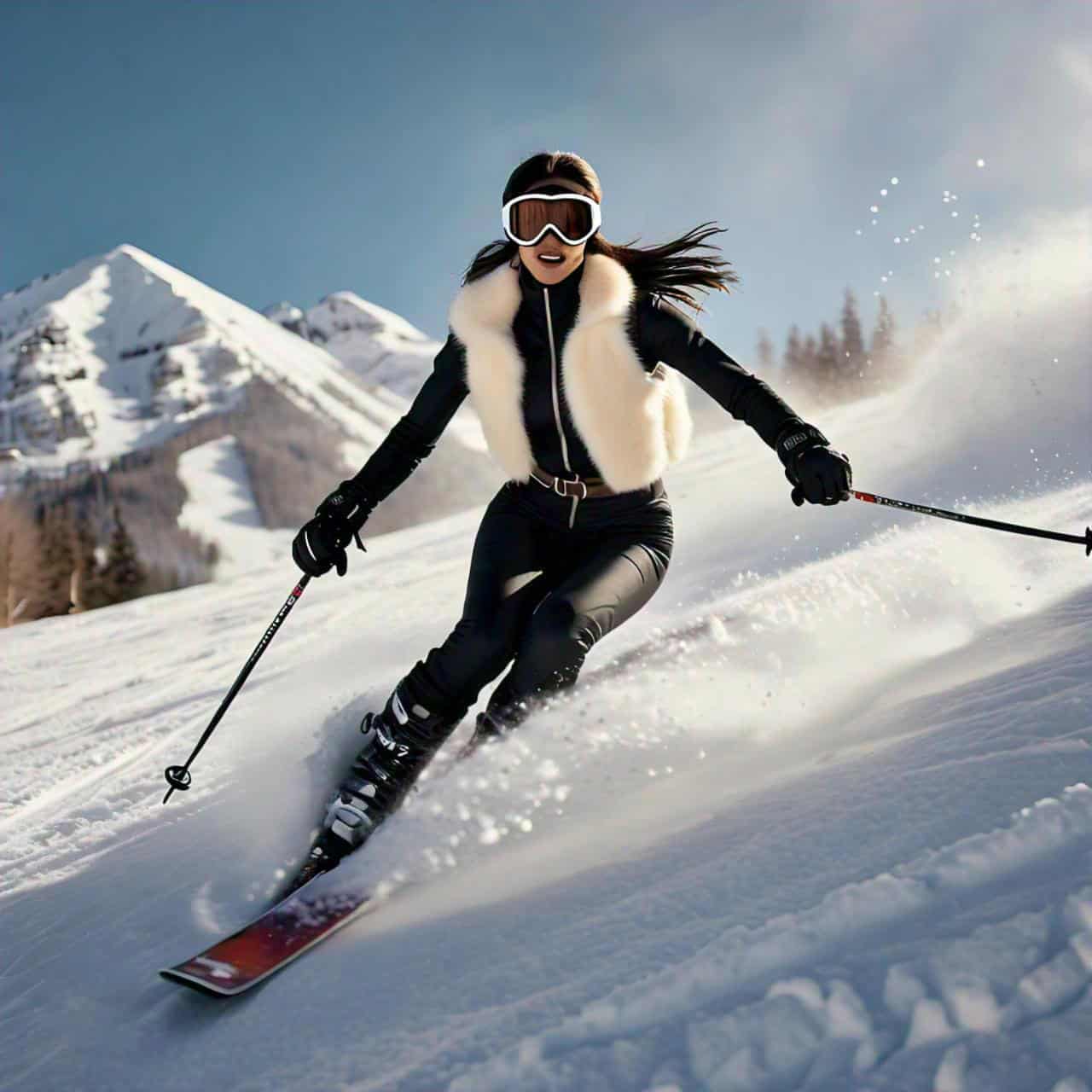

Everyday Elegance
Who says fur coats are only for special occasions? Adding a touch of glamour to everyday life can be as simple as wearing your fur coat to run errands or meet friends for brunch. The soft, luxurious texture will make even mundane tasks feel more indulgent. Whether you’re attending a fancy dinner party or simply going to a nice restaurant, a fur coat will elevate your outfit and make you feel confident and stylish.
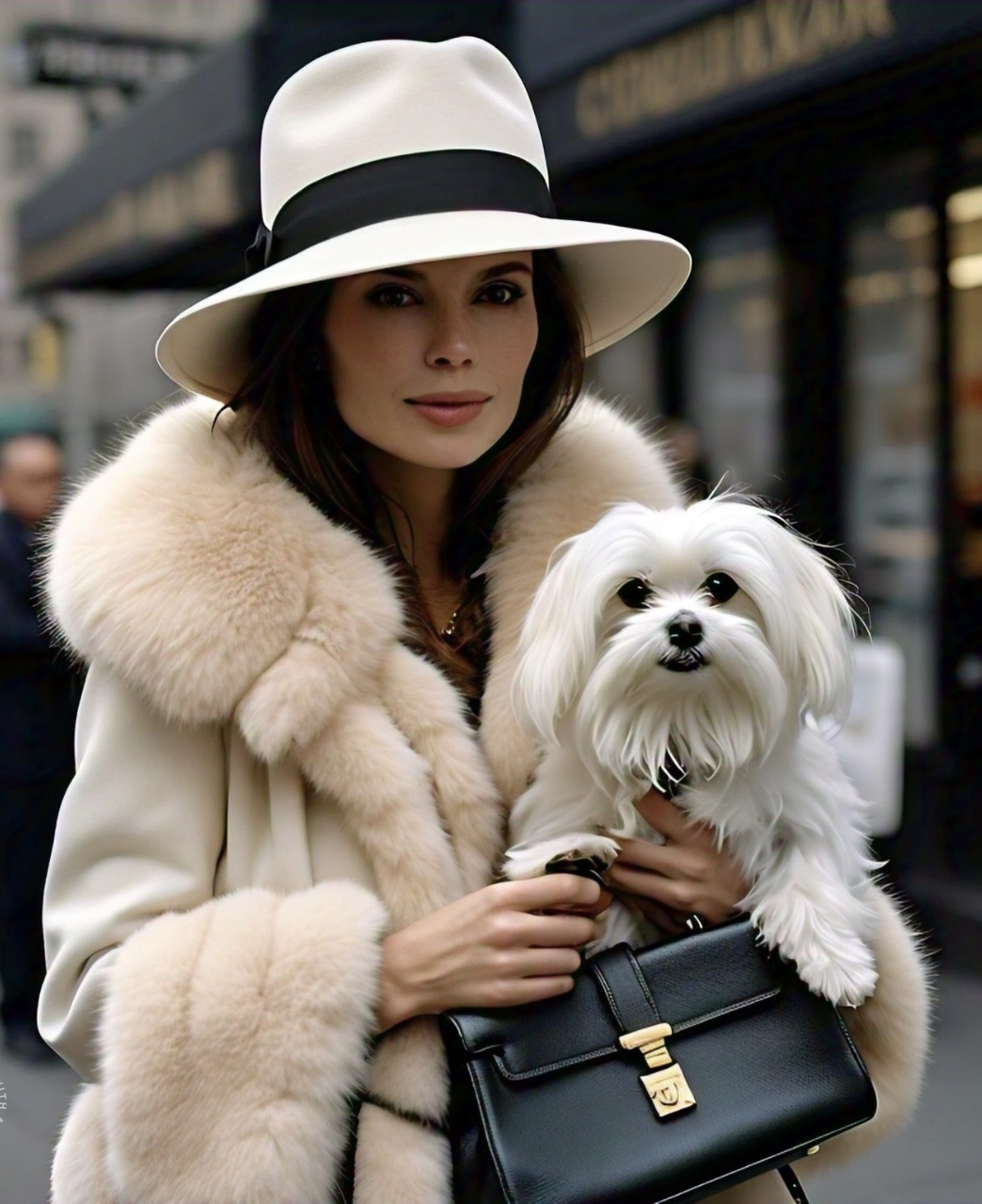

Fashion Events
For fashion enthusiasts, wear a fur coat is a must-have statement piece. Fashion shows, designer showcases, and style influencer events provide the perfect platform to showcase your fur coat. The fashion-forward crowd will appreciate the luxury, craftsmanship, and style that only a fur coat can provide. Even fashion exhibitions and museum openings can be elevated by the presence of a fur coat, making you a true fashion icon.
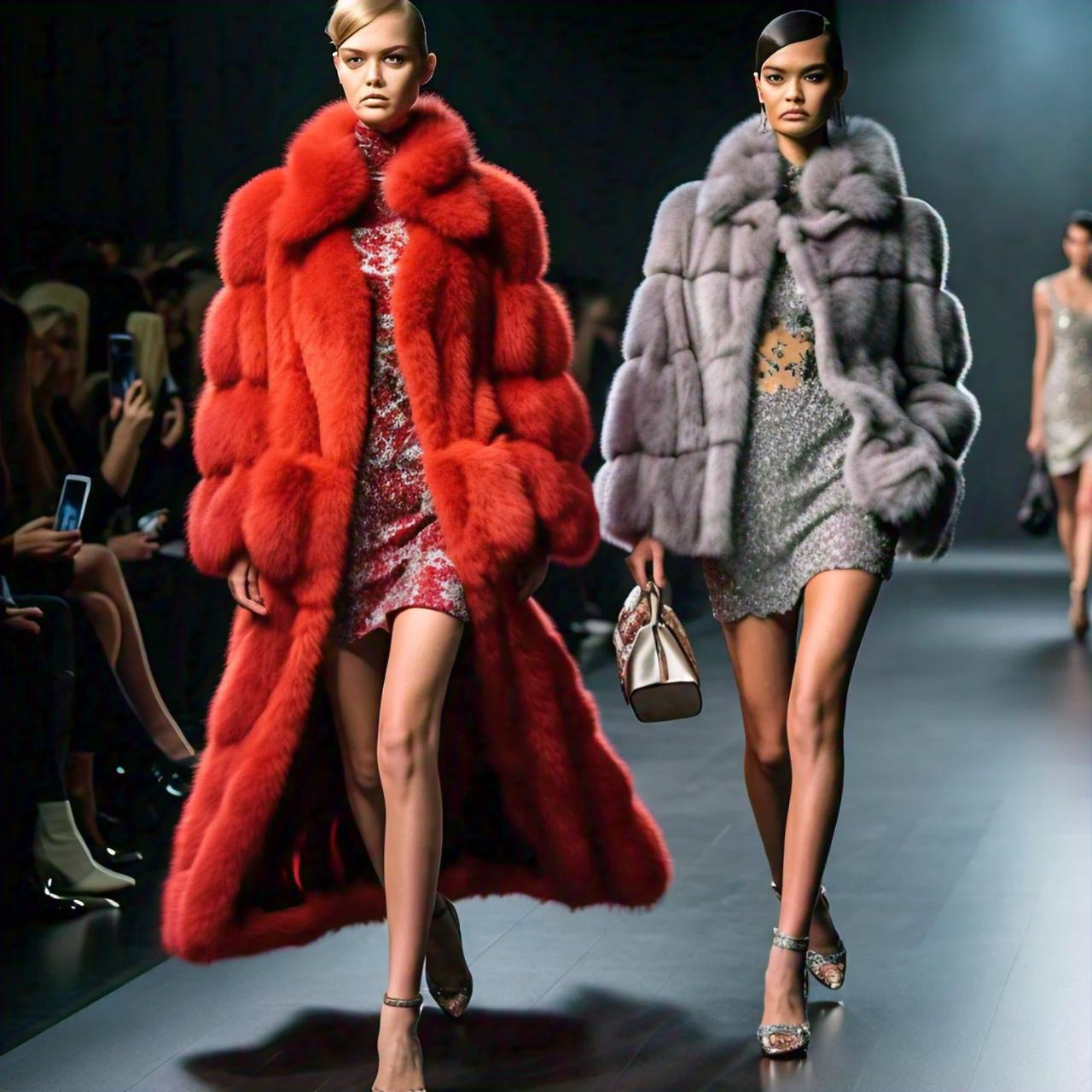
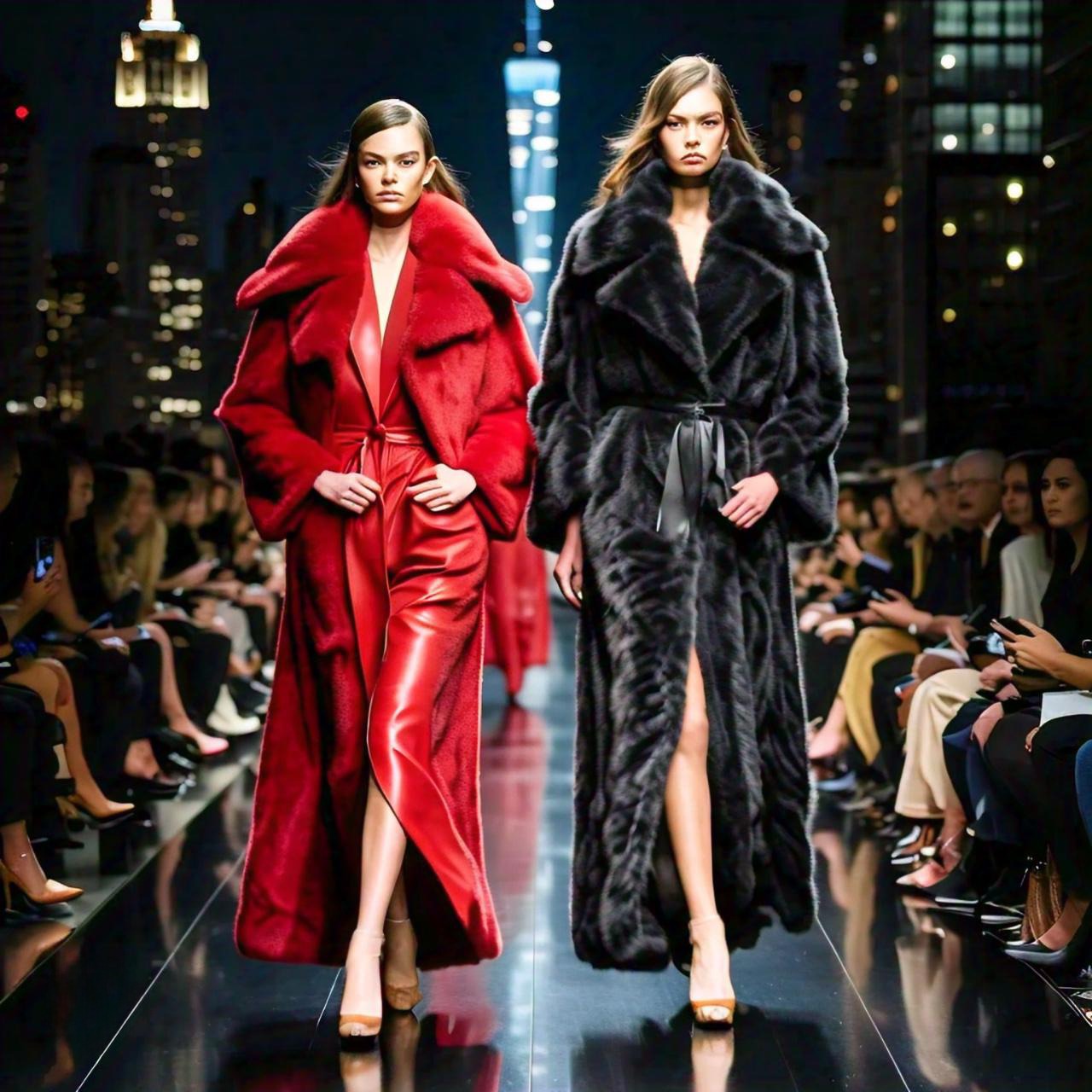
Special Occasions
Make your special occasions even more unforgettable by wear a fur coat. Anniversaries, romantic getaways, cruise ships and milestone events deserve the luxury and sophistication that only a fur coat can provide. Holiday parties, New Year’s Eve bashes, and graduation ceremonies also provide perfect opportunities to wear your fur coat. The memories created while wearing your fur coat will be treasured for a lifetime.
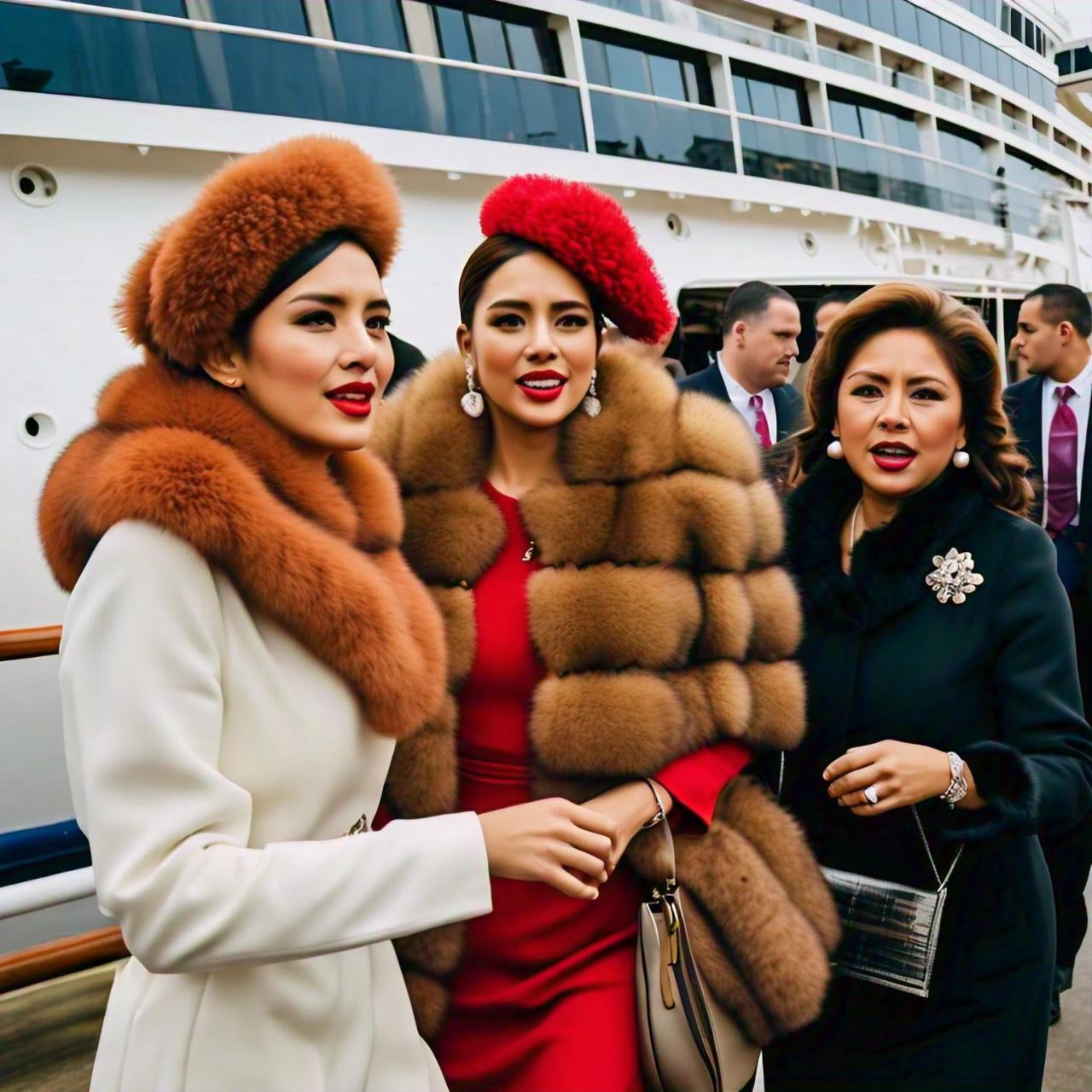
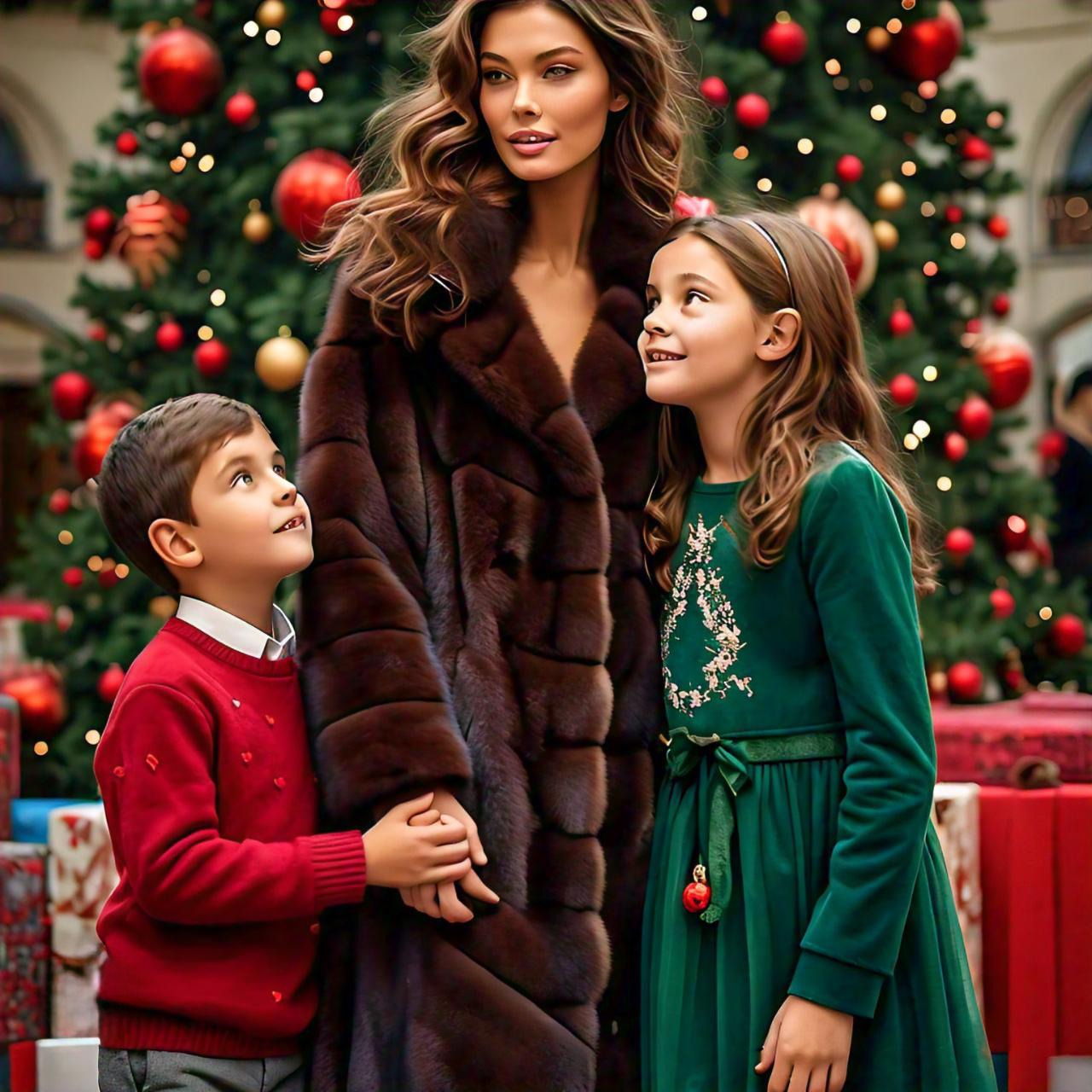
Outdoor Activities
Finally, why not combine style and adventure by wearing your fur coat to outdoor activities? Winter hiking, snowshoeing, and ice hockey games can be enjoyed in warmth and comfort, thanks to your fur coat. Even festive holiday markets and winter festivals provide a perfect backdrop for showcasing your fur coat. The combination of luxury and winter wonderland scenery will create an unforgettable experience. In addition, cannot forget shopping as an activity.

Different Ways to Wear a Fur Coat
Dramatic Entrance
Wear a fur coat draped over your shoulders, like a luxurious cape, for a dramatic entrance. This styling option adds a touch of glamour to any outfit, making it perfect for formal events or special occasions. Simply slip on a simple dress or outfit underneath and let the fur coat take center stage. Sable make

Defined Silhouette
Belt your fur coat at the waist to create a more defined silhouette and accentuate your curves. This styling option works well with dresses, tops, and trousers, and can add a touch of sophistication to your overall look. Experiment with different belt widths and textures to find the one that complements your fur coat best.
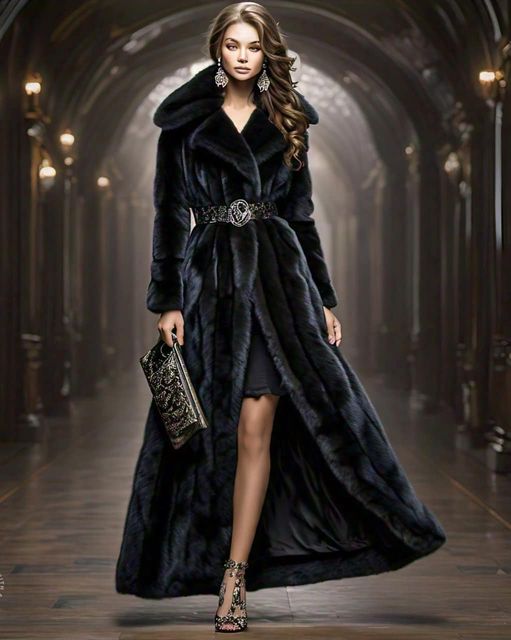
Layered Luxury
Wear your fur coat open and layered over a sweater and jeans for a more relaxed, everyday look. This styling option is perfect for casual outings, such as brunch or a stroll in the park. You can also layer your fur coat over a dress or jumpsuit for a more polished, put-together look.
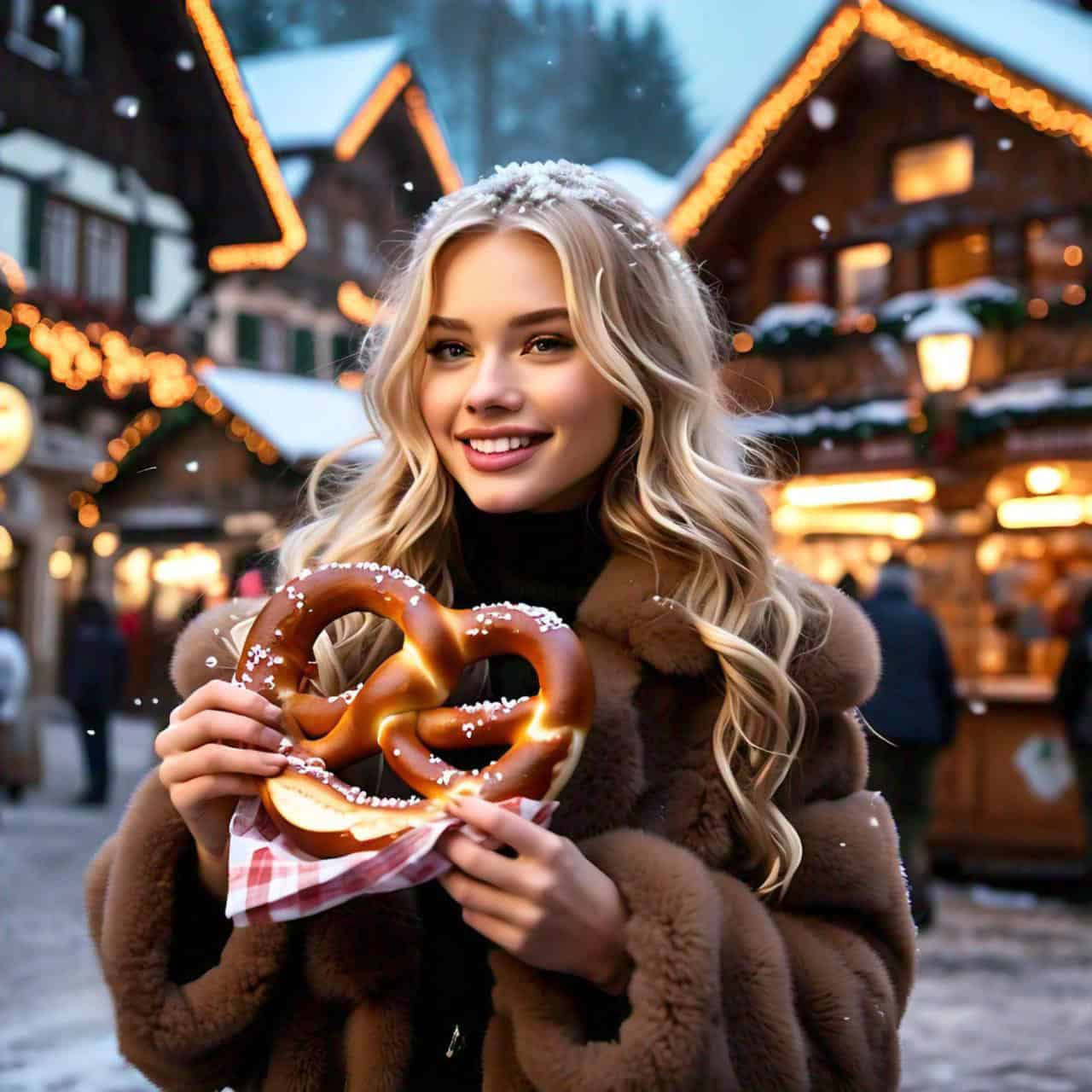
Textured Contrast
Experiment with contrasting textures by pairing your fur coat with smooth leather, soft cashmere, or silky fabrics. This styling option adds depth and visual interest to your outfit, making it perfect for fashion-forward individuals. Try pairing your fur coat with a leather dress or cashmere sweater for a chic, winter-inspired look.

Accessories Finally
Don’t forget to experiment with different ways of closing your fur coat, such as using a brooch or a scarf. This adds a pop of color and personality to your outfit, making it truly unique. You can also try adding a hat, gloves, or a statement handbag to complete your look.
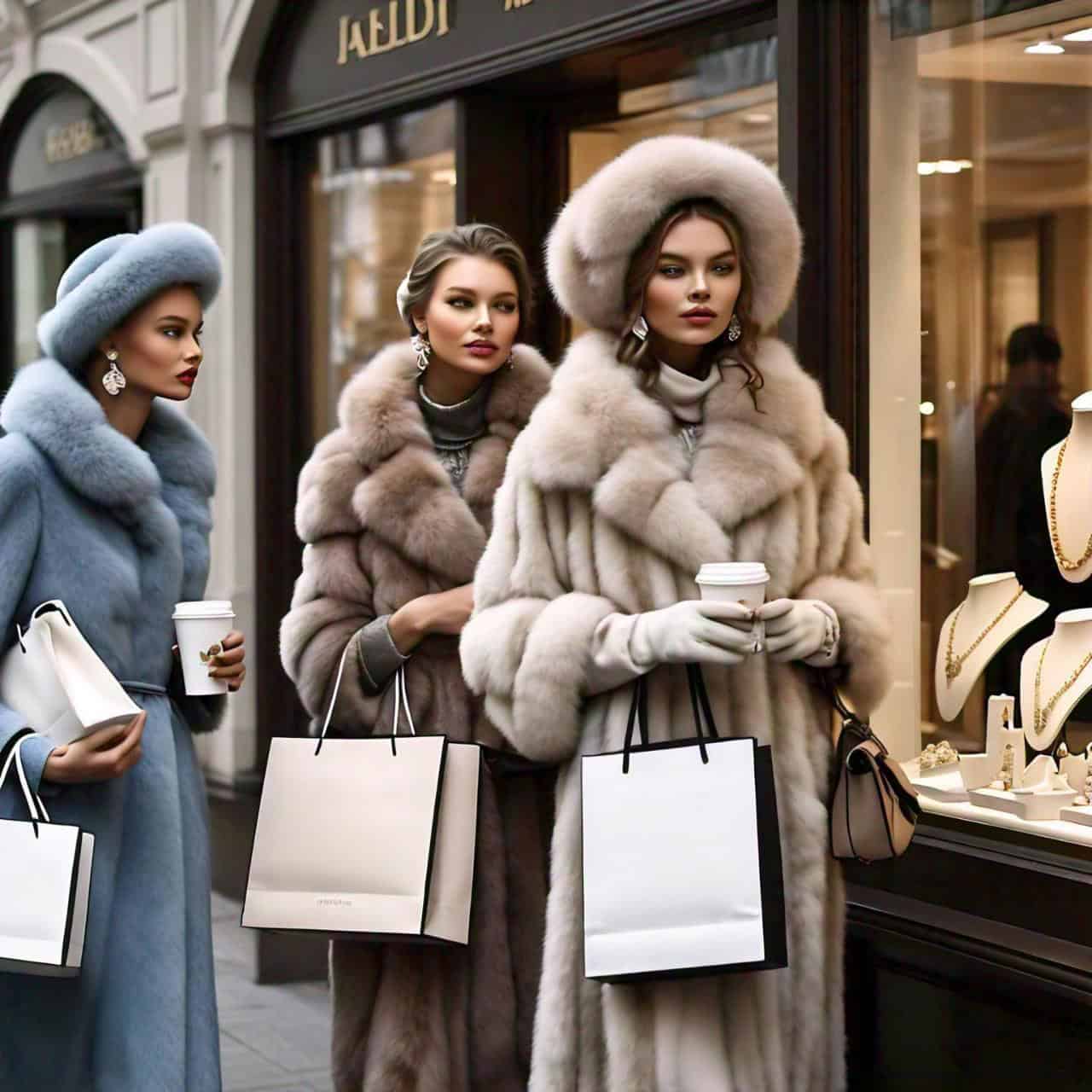
best christmas gifts best furs best luxury gift best luxury gifts nyc cold storage custom furs designer fur rental designer furs fur fur accessories fur cleaning fur coat fur coat NYC fur coats fur coats Chicago Illinois fur coats Detroit Michigan fur coats for women fur coats Indianapolis Indiana fur coats Milwaukee Wisconsin fur coats new york city fur coats nyc fur expert FUR FASHION fur jackets fur rental fur rentals furrier furs nyc fur storage fur store fur store nyc fur trends luxury furs marc kaufman furs mink coat mink coats NYC designer furs NYC fur remodeling NYC fur rental NYC fur repairs nyc furrier NYC fur storage rent a fur trendy furs where can I buy a fur coat Chicago Illinois




